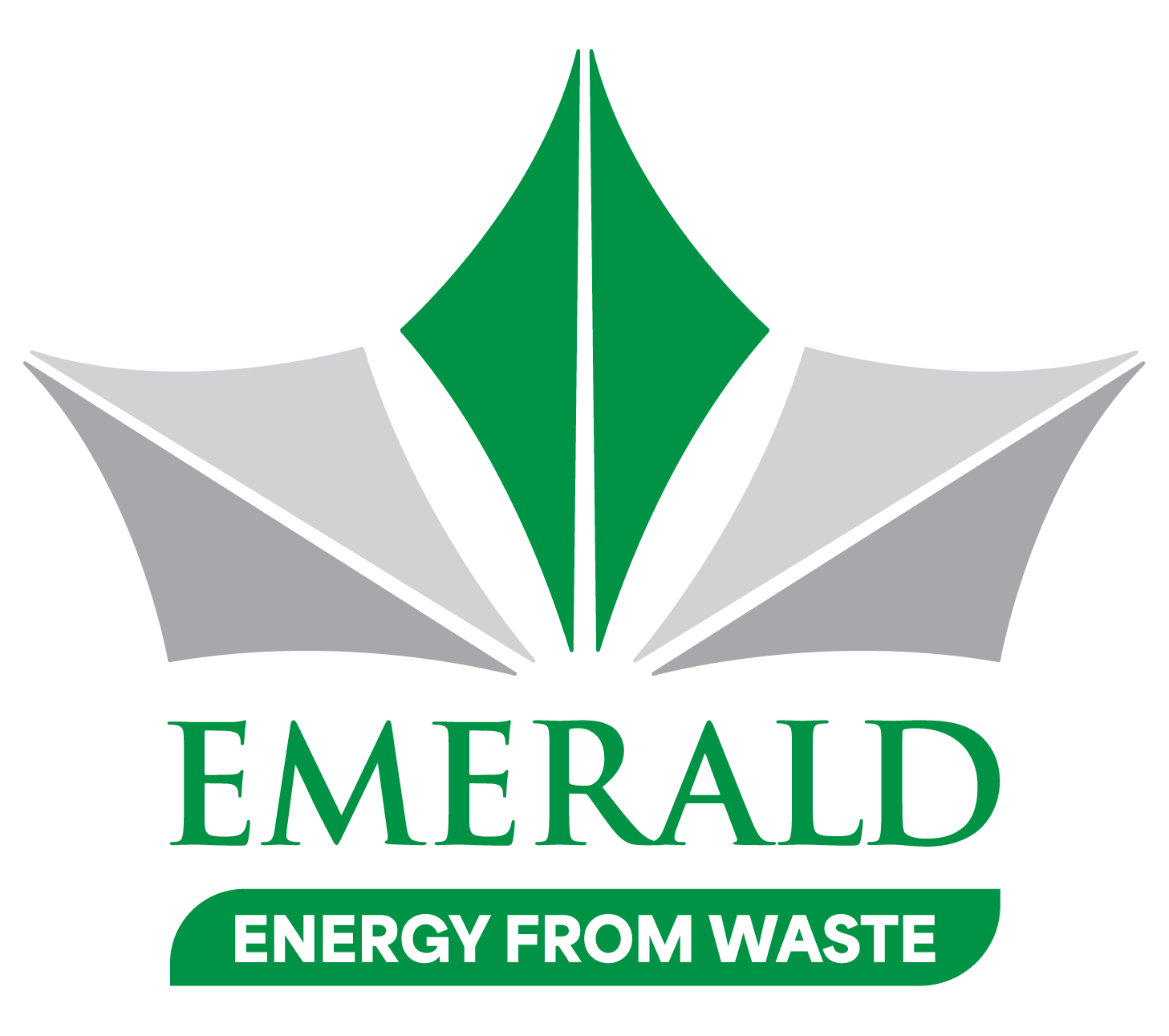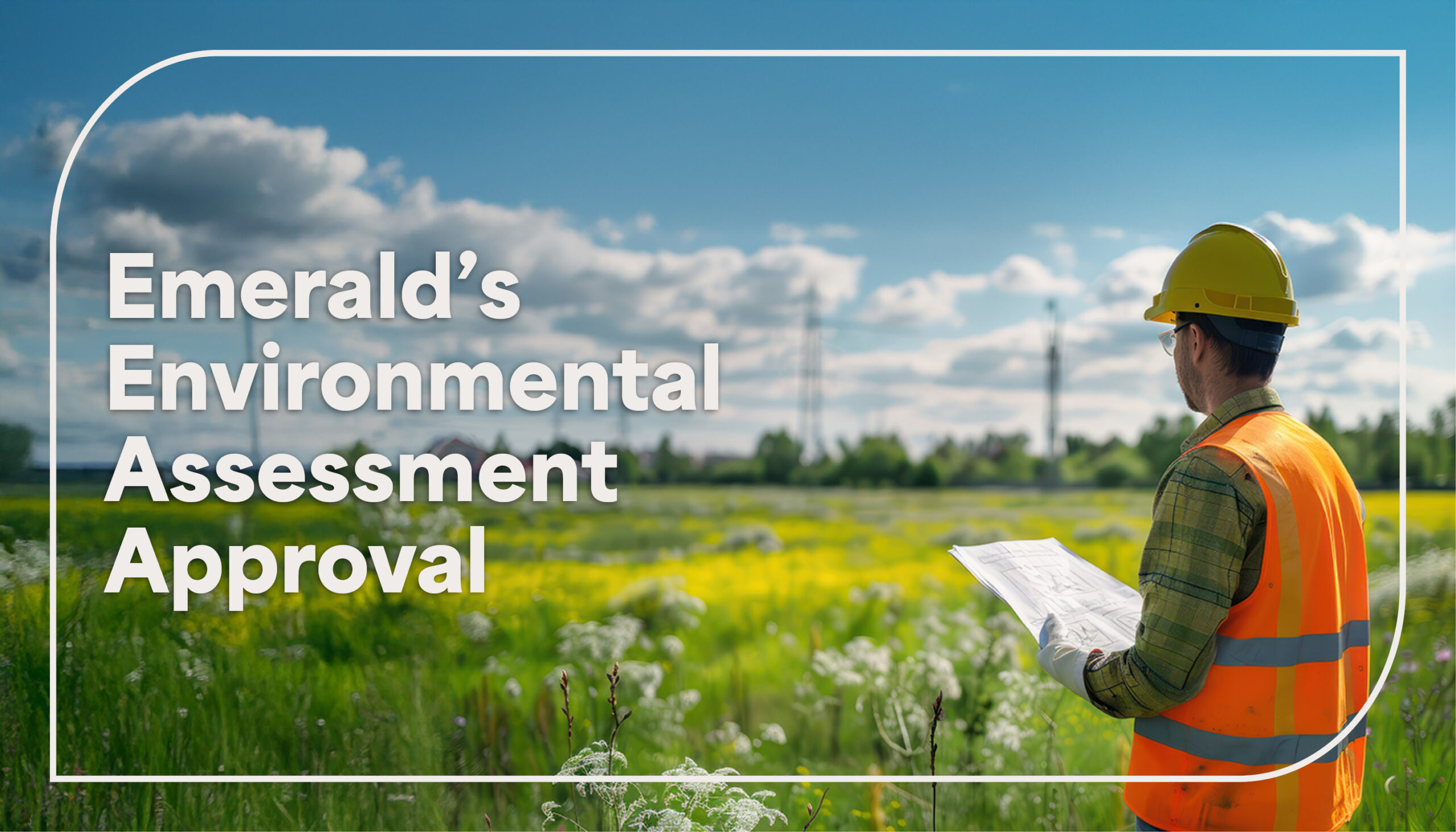Emerald received approval of its Environmental Assessment Screening Report from Ontario’s Ministry of the Environment, Conservation and Parks on April 28, 2025. This approval marks a pivotal step towards redeveloping its energy from waste facility in Brampton. Construction starts in 2026, with the plant undergoing a phased transformation so operations can continue during the redevelopment. Phase 1 will finish by 2028, with the entire facility expected to be completed by 2030.
A Leap in Processing Power with Approved Environmental Assessment
With the environmental assessment approval, Emerald’s redevelopment drastically increases processing capacity from the current 500 tonnes per day to 2,500. Energy output also increases from 10 MW to 100 MW per year—enough to power 60,000 average homes annually. This expansion benefits local communities by providing an additional energy source while also managing residual landfill-bound waste.
Tackling Ontario’s Looming Landfill Crisis and Environmental Protection
Furthermore, the expansion is a necessary and innovative response to the urgent landfill capacity crisis Ontario faces. While population growth continues, further increasing waste generation, the province’s landfill space will reach its limit by 2035. By converting non-recyclable waste into electricity and steam, the facility aims to reduce landfill dependency and reliance on non-renewable energy. Emerald is also investing in district heating and green hydrogen production projects to diversify its energy offerings.
Transparency and Public Engagement at the Core
Since 1992, Emerald has processed over three million tonnes of waste, all while maintaining rigorous emissions control and monitoring. The facility has a long-standing commitment to upholding environmental standards, proven by updates in 2000, 2013, and 2021. We encourage open and transparent conversations about the facility with stakeholders to address any questions or concerns. Having hosted four open houses and a virtual information session, we encourage continuous public engagement. To further our transparency, we are working to provide real-time emissions reporting for the public.
Local Benefits: Jobs, Energy, and Reduced Transport Emissions
For the community, residents will see reduced waste transportation to distant landfills, which decreases transportation emissions and upholds environmental protection. Additionally, Emerald produces local energy in multiple forms, such as steam, electricity, heat and hydrogen. Emerald also supports residents through providing local job opportunities, boosting the economy in more ways than energy generation. The redevelopment project positions itself as a cornerstone of Ontario’s circular economy goals.
Addressing Concerns About Public Health, Safety and Environmental Assessment
Although there are benefits to Emerald’s expansions, skeptics raise concerns about public health and environmental safety. As a part of the approved Environmental Screening Report, Emerald Energy from Waste ensures all emissions are within provincial regulations. The assessment confirms that the use of Advanced Pollution Control (APC) technologies ensures particulate matter, nitrogen oxides, and other pollutants are filtered and captured. Therefore, pollutants do not reach the atmosphere, in turn protecting community health and safety. Continuous monitoring, transparent reporting and compliance with all Ministry of the Environment, Conservation and Parks (MECP) are the backbone of this project’s environmental protection plan. Learn more about our APC system to see how we ensure air pollutants are captured and appropriately handled.
Emerald’s expansion offers a modernized, efficient facility that delivers local energy, reduces landfill dependency, and supports emerging clean energy technologies. Although there are public concerns, we ensure all emissions are within provincial regulations and maintain community engagement through open houses and our public liaison committee. Emerald dedicates itself to answering any questions or concerns and considering community opinions with the expansion of the facility. As we move into construction, the path forward hinges on transparent monitoring, environmental safeguards, community-centered benefits, and alignment with circular economy goals. With robust oversight and meaningful stakeholder engagement, this expansion can become a model for sustainable energy recovery.


